6 Low-Maintenance Houseplants Perfect for Busy Lifestyles
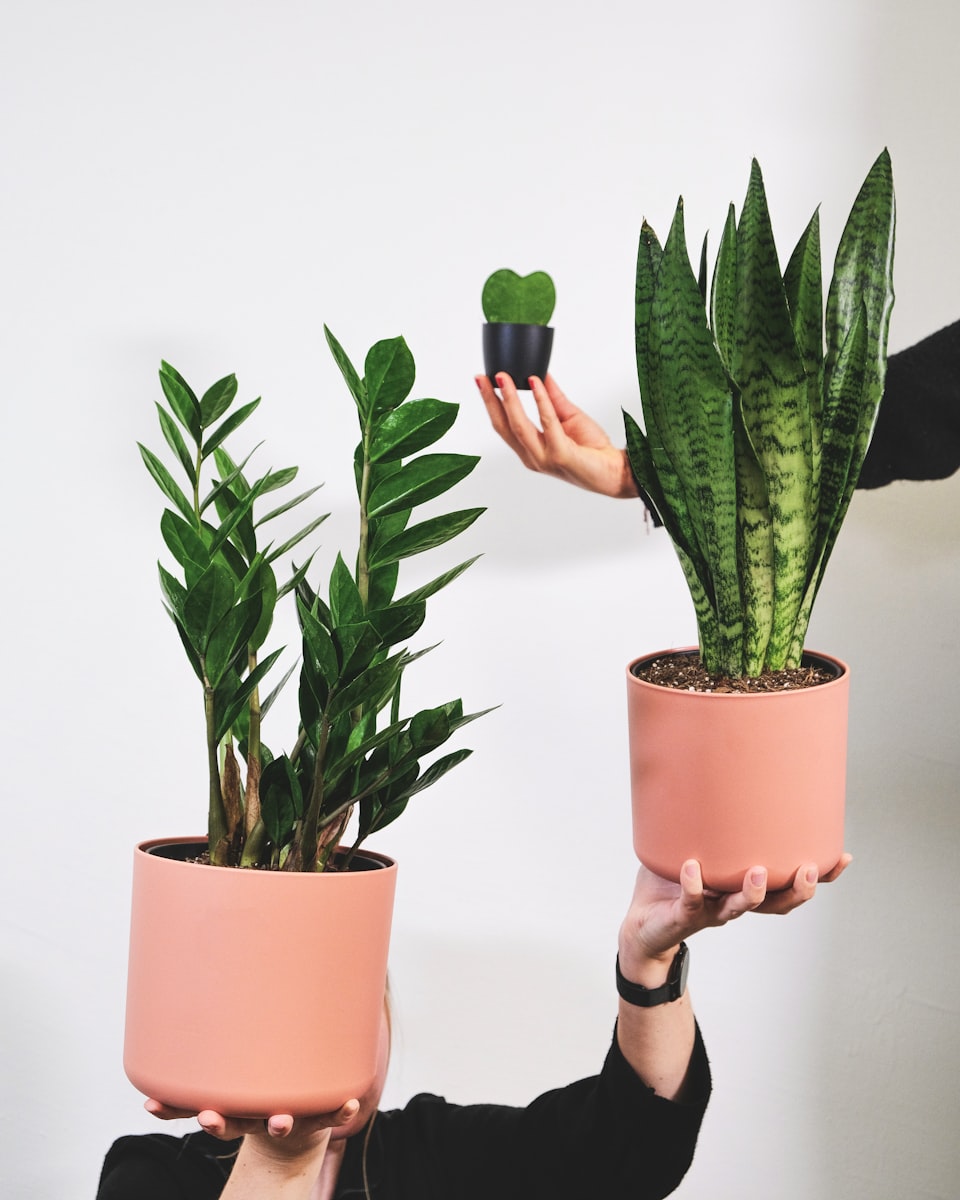
I know that when I first decided to become a plant parent, I had no idea where to start. The thought of adding some green life to my first small one-bedroom apartment was exciting! But walking up and down the aisles of the nursery in the big box store felt overwhelming. I had NO IDEA what I was really looking at or even what I wanted. Ultimately, I settled on a croton and a small pot of English ivy. The ivy didn’t last long. But 16 years later, I STILL have that croton. And boy has it had to endure! From my own greenness with caring for houseplants, intermittent neglect, and attacks by toddlers. I even had contractors break its pot and just toss it into a trash container, where I discovered it a few days later. The following week and newly potted, those same contractors covered it with a piece of plastic for hours on a 90-degree day in direct sunlight. It FRIED. I don’t know how many times it has lost all its leaves over the years, only to bounce back.
If you have limited experience and feel overwhelmed by the prospect of caring for plants with complex requirements, or you’re someone with a demanding career or busy schedule who struggles to find time for regular houseplant care, don’t do what I did and just wing it! We know life gets busy, and sometimes, our leafy companions may not get all the love and attention they deserve.
Here’s a list of 6 low-maintenance houseplants that can withstand occasional neglect while still thriving in even less than ideal living spaces. So, if you're eager to bring the beauty of nature indoors without the stress of constant care, continue reading and learn how to keep them happy and healthy.
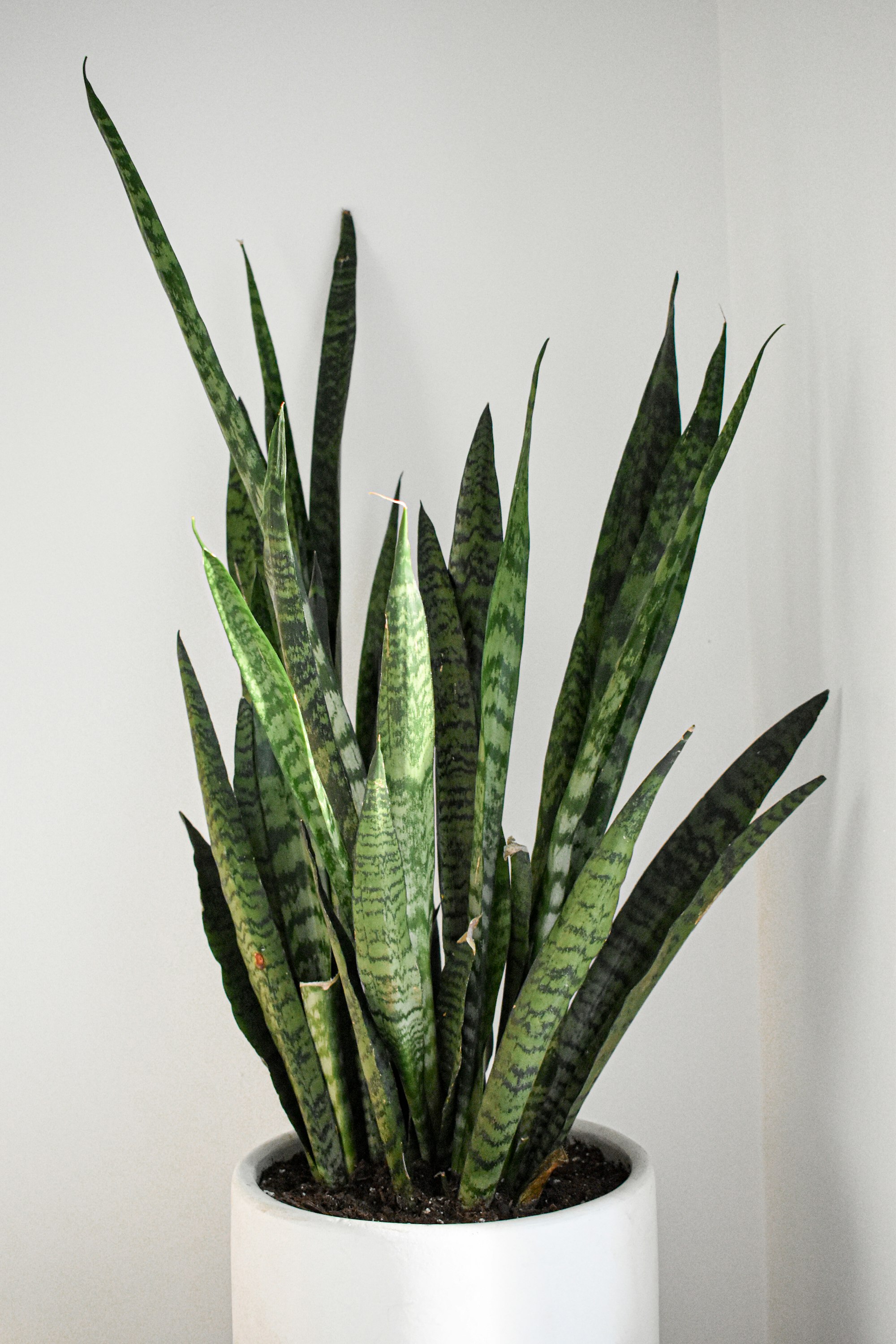
1. Snake Plant (Sansevieria)
The Snake Plant, also known as Sansevieria or Mother-in-Law's Tongue, is a champion of low-maintenance houseplants. Its tall, sword-like leaves are not only striking in appearance but also excel at purifying the air. Snake Plants thrive in low to bright indirect light, making them perfect for any room in your home. They prefer well-draining soil and should be watered sparingly, about once every 2-3 weeks, allowing the soil to dry out between waterings.
The most common issue faced by Snake Plant owners is overwatering, which can lead to root rot. To avoid this, always make sure your pot has drainage holes and that you're not drenching the soil. If your plant shows signs of root rot (mushy, blackened roots), remove the affected parts and repot the healthy portions in fresh soil.
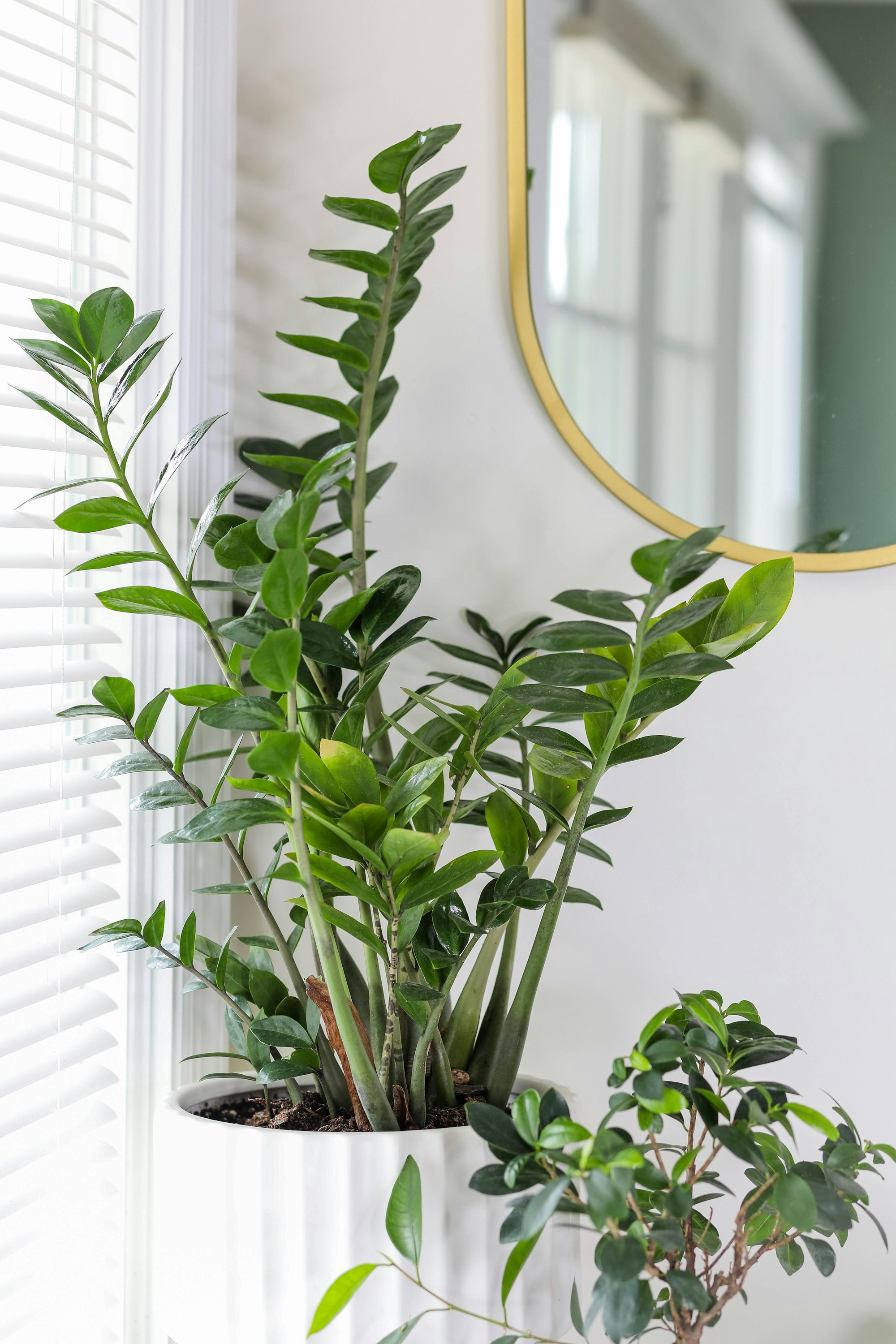
2. ZZ Plant (Zamioculcas zamiifolia)
ZZ Plants, also referred to as Zanzibar Gem, are succulents known for their glossy, deep green leaves and their ability to thrive in less-than-ideal conditions. They can handle low light levels, making them perfect for darker spaces, but they'll also tolerate bright, indirect light. Much like the Snake Plant, the ZZ Plant requires minimal watering. Aim to water your ZZ Plant every 2-3 weeks, allowing the soil to dry out between waterings.
Overwatering is the main concern for ZZ Plants, as it can cause their tuberous roots to rot. If you notice yellowing leaves or a musty smell, these might be signs of root rot. If this happens, remove the affected roots and repot the healthy plant in fresh soil.
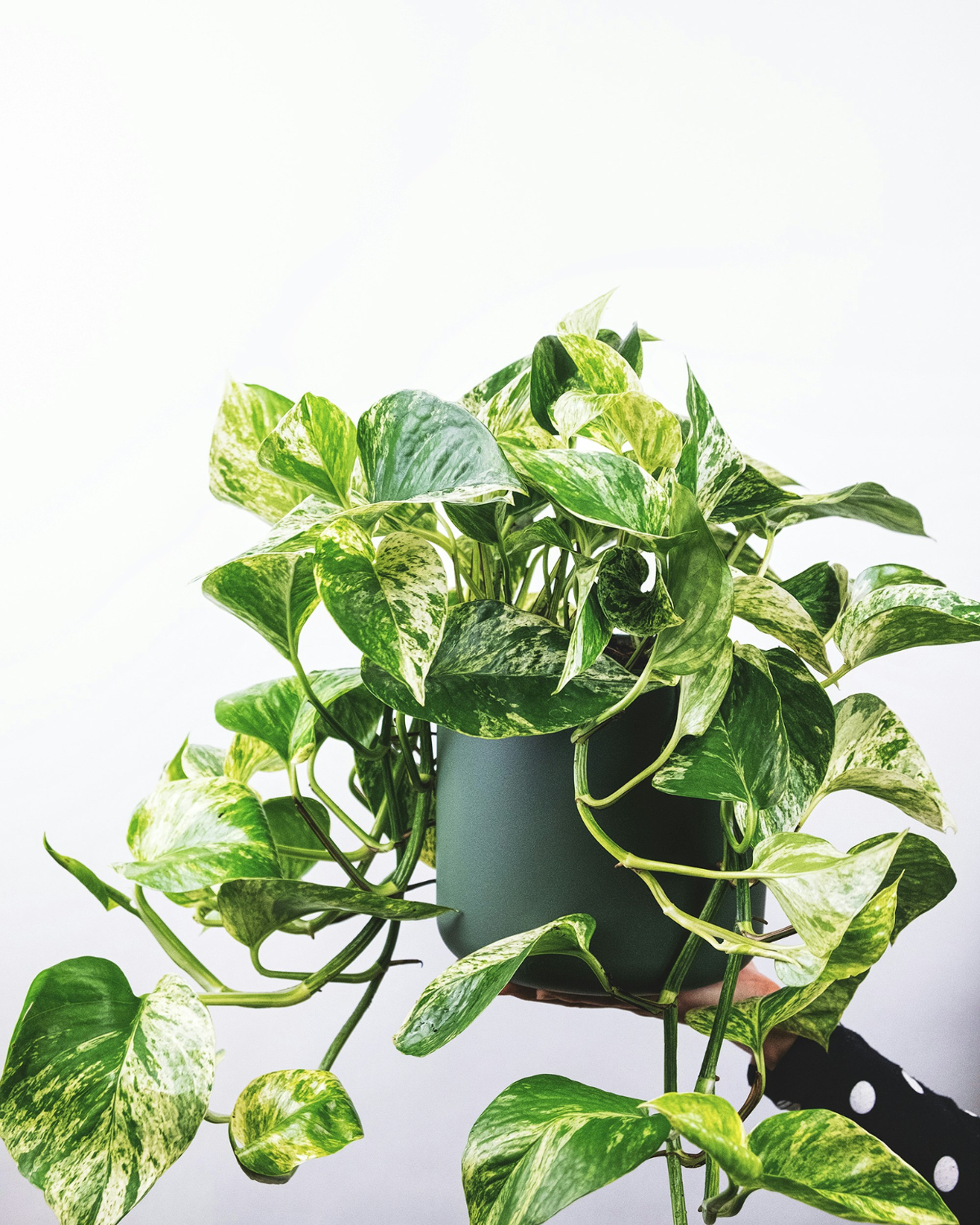
3. Pothos (Epipremnum aureum)
Pothos, sometimes called Devil's Ivy, is a versatile and forgiving houseplant with beautiful, heart-shaped leaves. This evergreen vine can adapt to a variety of light conditions, from low to bright indirect light, although it may lose some of its variegation in lower light. Pothos plants prefer well-draining soil and should be watered when the top inch of soil feels dry.
The most common issues with Pothos are root rot from overwatering and pest infestations. To prevent root rot, ensure your pot has proper drainage and don't let your plant sit in standing water. To deal with pests, such as spider mites or scale insects, wipe the leaves with a damp cloth and treat the plant with insecticidal soap.
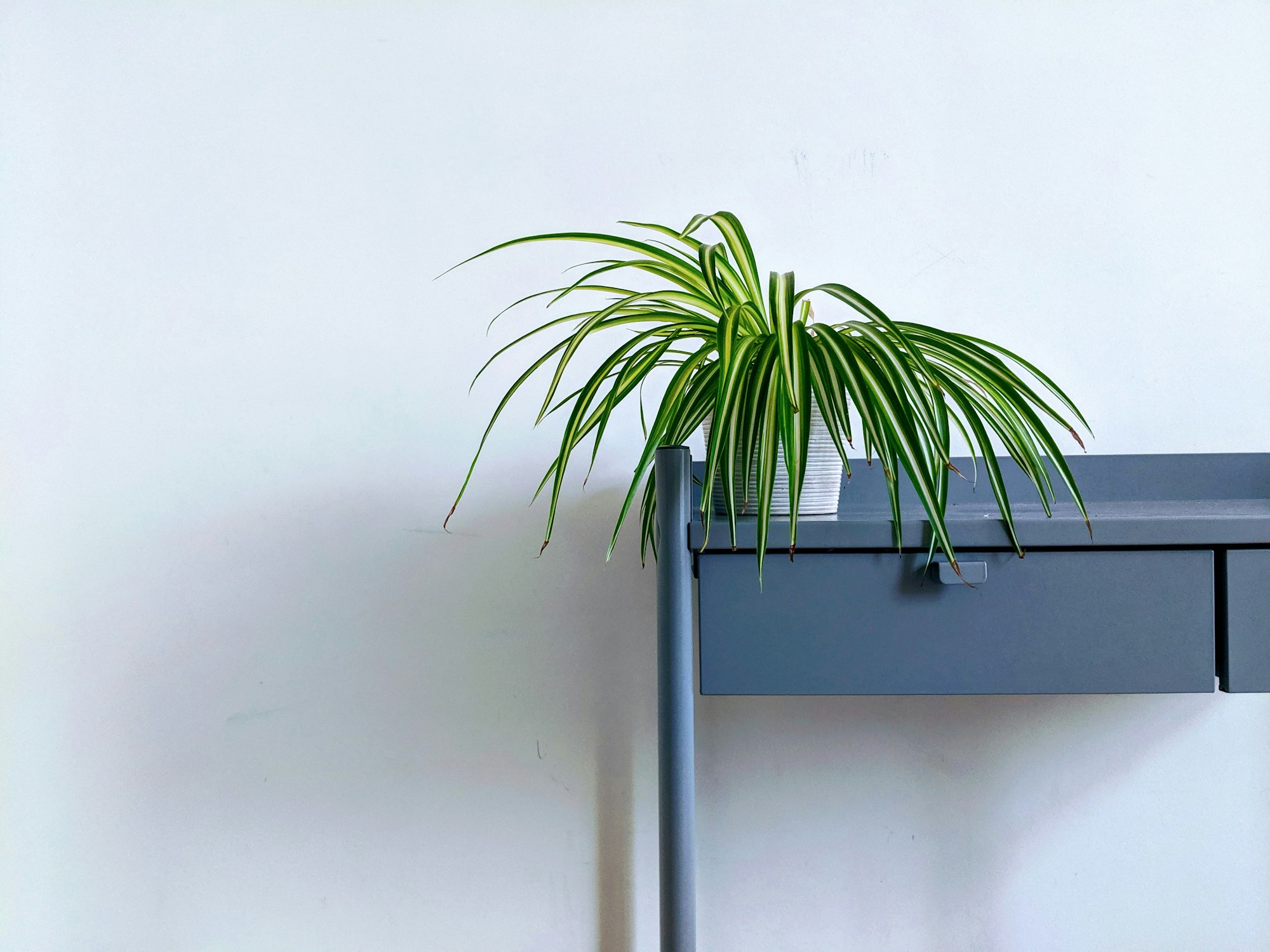
4. Spider Plant (Chlorophytum comosum)
Spider Plants are a classic houseplant with an almost retro vibe. These evergreen perennial flowering plants are characterized by their arching, striped green and white leaves and their propensity to produce baby plants or "spiderettes" that dangle from the mother plant. Spider Plants do well in bright, indirect light, but they can also tolerate lower light levels. Water your Spider Plant when the top inch of soil is dry, being careful not to overwater.
The most common problems for Spider Plants are brown leaf tips and pest infestations. Brown leaf tips can result from inconsistent watering, low humidity, or exposure to chemicals in tap water. To address this issue, try using distilled or filtered water and maintain consistent watering. For pests like spider mites or aphids, clean the leaves with a damp cloth and treat the plant with insecticidal soap.
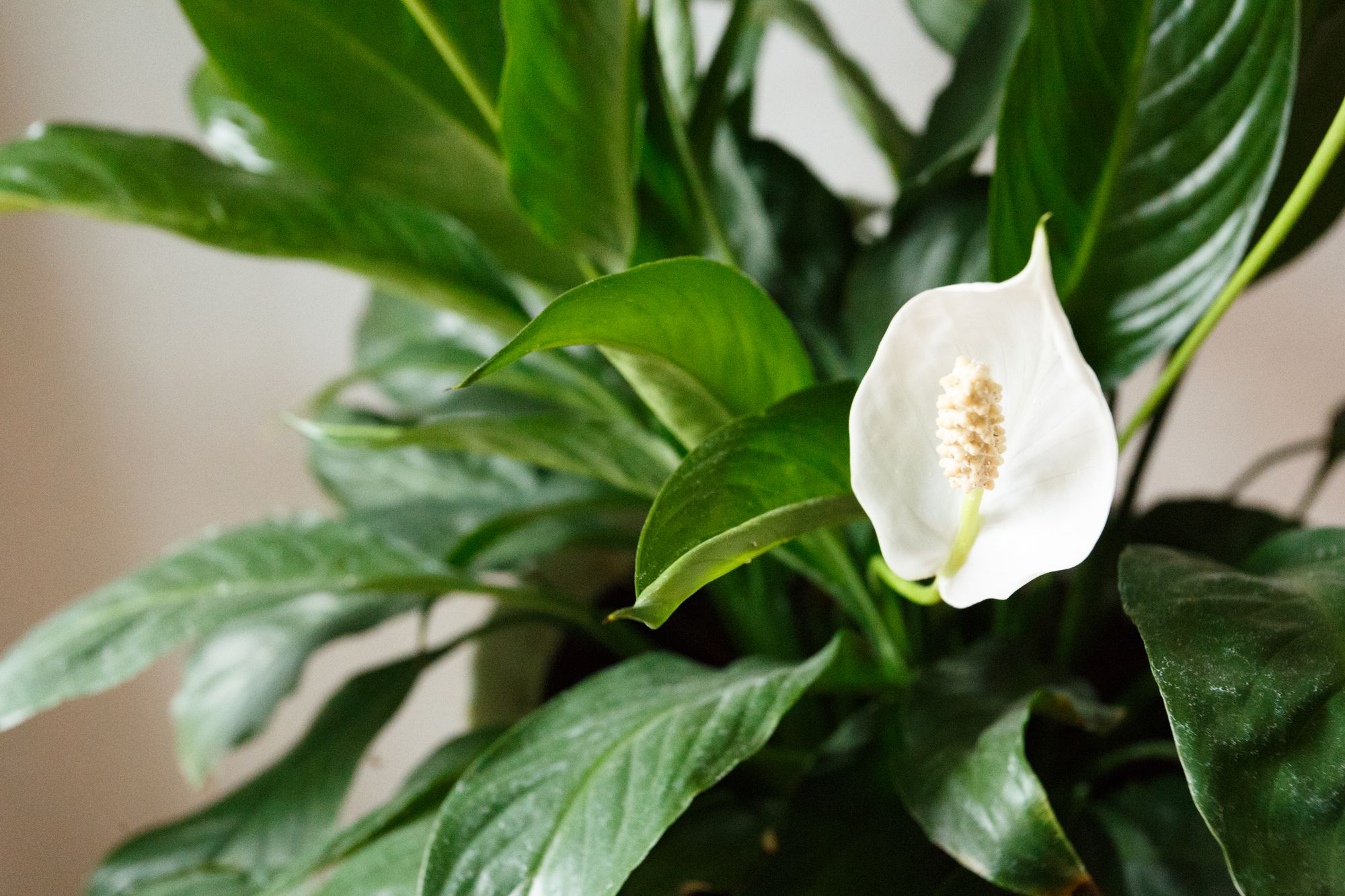
5. Peace Lily (Spathiphyllum)
One of my favorites, the Peace Lily is a graceful and elegant houseplant known for its glossy green leaves and white, sail-like flowers. These plants can tolerate low light conditions but will bloom more profusely in bright, indirect light. They prefer moist, well-draining soil and should be watered when the top inch of soil feels dry.
One common issue with Peace Lilies is drooping leaves, which may result from under- or overwatering. To find the right balance, check the soil moisture before watering and adjust accordingly. Peace Lilies can also be susceptible to pests like mealybugs or spider mites. To combat these infestations, clean the leaves with a damp cloth and apply insecticidal soap.
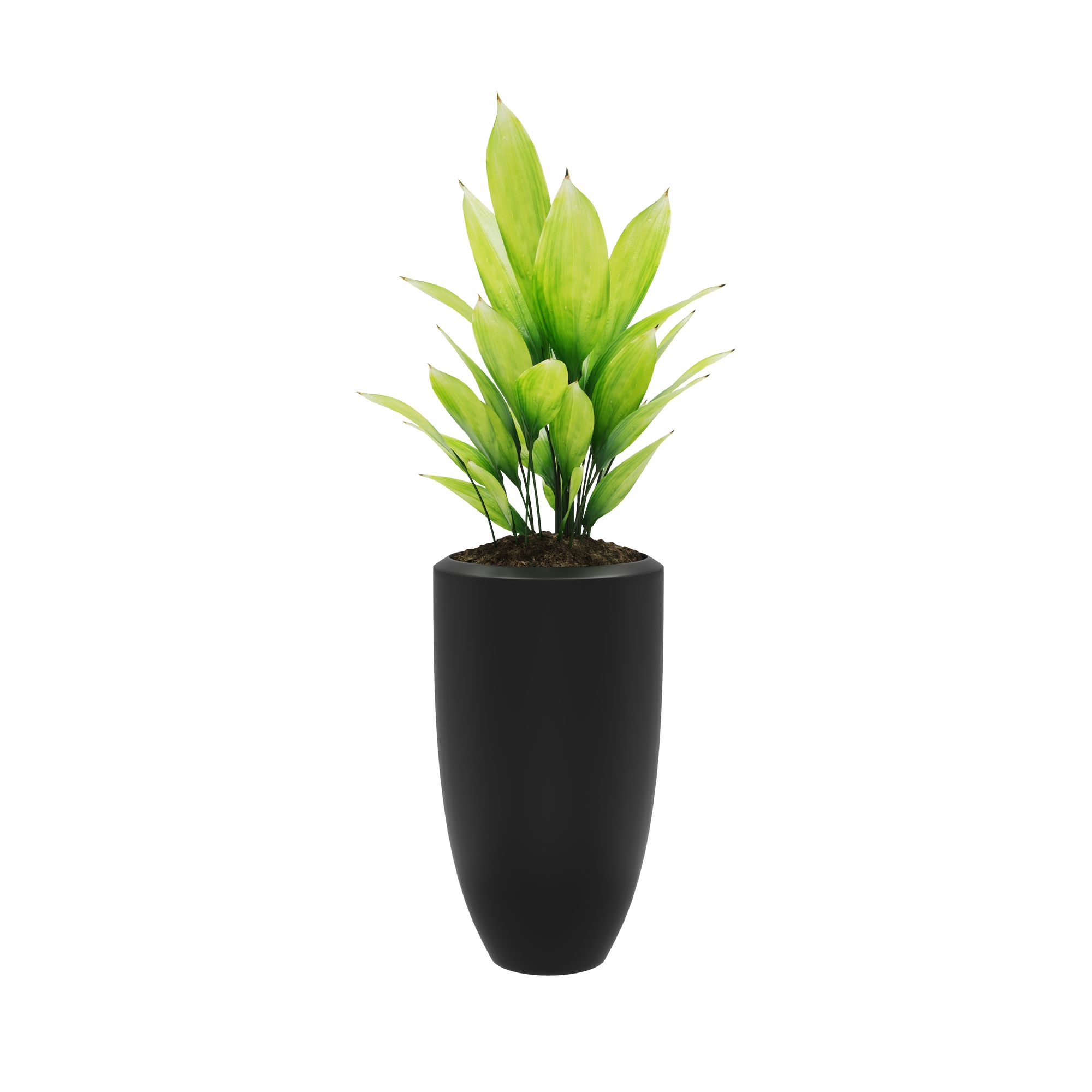
6) Cast-Iron Plant (Aspidistra elatior)
True to its name, the Cast-Iron Plant is a hardy and resilient houseplant with dark green, leathery leaves. It can tolerate low light conditions, making it an excellent choice for dimly lit rooms. The Cast-Iron Plant prefers well-draining soil and should be watered when the top half of the soil feels dry.
The main problem Cast-Iron Plant owners may face is brown leaf tips, which can result from underwatering, low humidity, or exposure to chemicals in tap water. To resolve this issue, ensure consistent watering and use distilled or filtered water if possible.
With these neglect-proof houseplants, you'll be able to enjoy the beauty and benefits of indoor greenery without the constant worry of providing perfect care. Remember, every plant is unique, so be observant and adjust your care routine as needed. Soon enough, you'll be a confident plant parent, ready to cultivate a thriving indoor jungle!
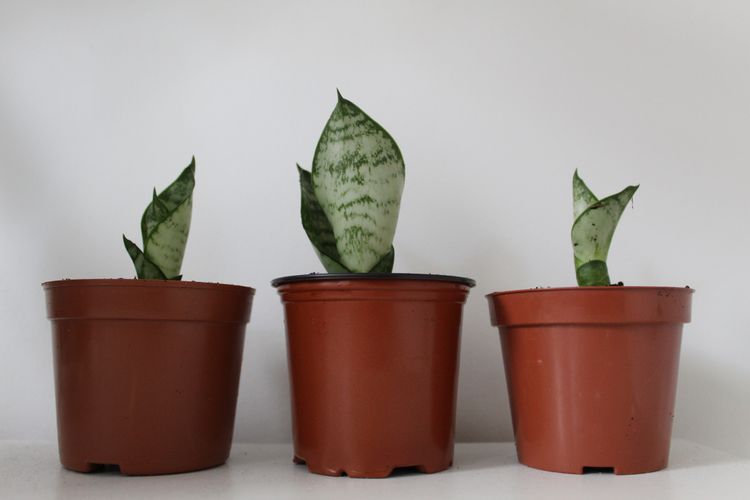
Comments ()